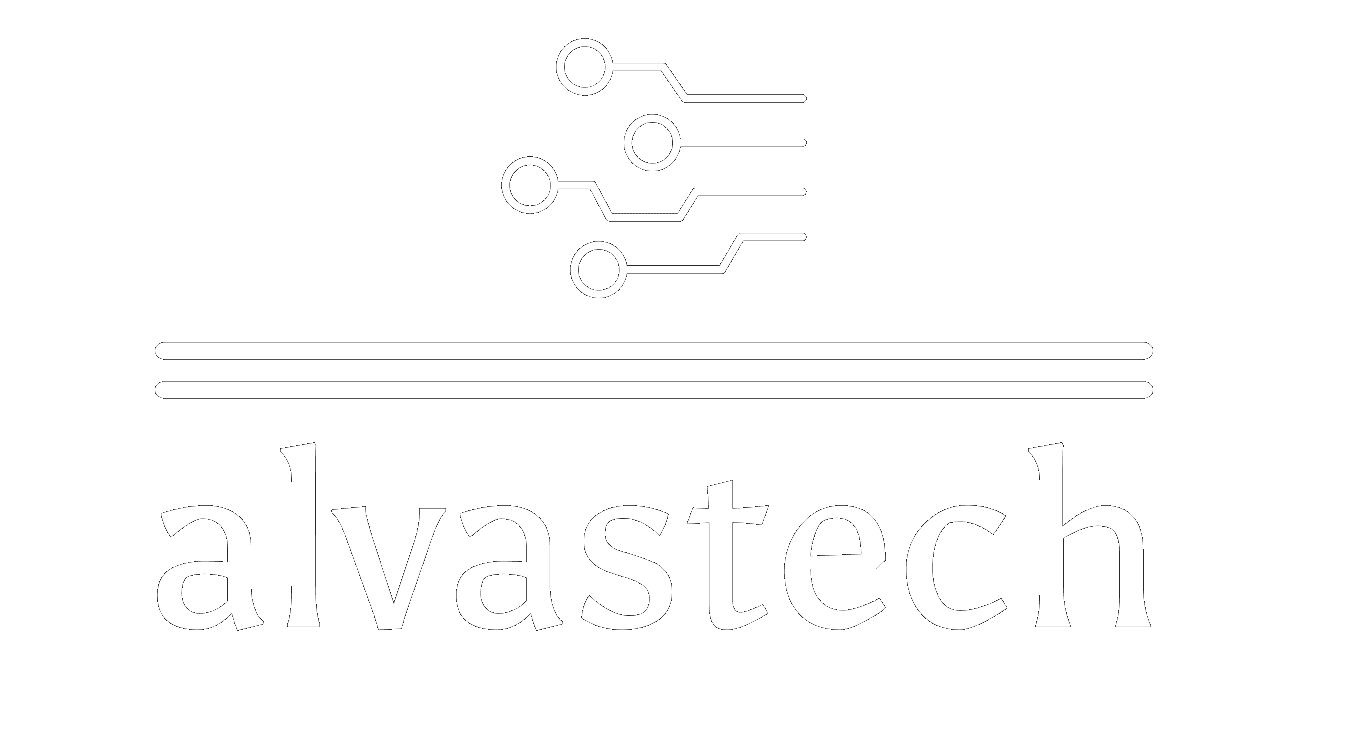Introduction: Virtual Reality (VR) is revolutionizing the way organizations approach training and development. By providing immersive and interactive learning environments, VR offers unique benefits that traditional training methods cannot match. This blog explores the impact of VR on training and development and how it is reshaping the future of workplace education.
1. Enhanced Learning Experience
Immersive Training Environments: VR creates realistic and immersive training environments where learners can practice skills and scenarios that are difficult or impossible to replicate in the real world. For example, firefighters can train in virtual fires, and medical professionals can perform virtual surgeries.
Interactive Learning: Unlike passive learning methods, VR training is highly interactive. Trainees can engage with the environment, manipulate objects, and practice procedures, leading to better retention and understanding of the material.
2. Safety and Risk Management
Safe Training for Hazardous Jobs: VR allows employees to train in hazardous environments without the associated risks. For instance, construction workers can practice safety protocols and machinery operation in a virtual setting, reducing the risk of accidents during actual work.
Emergency Preparedness: VR can simulate emergency situations, enabling employees to practice and perfect their response strategies. This preparation is crucial for industries like aviation, healthcare, and public safety, where quick and effective responses are critical.
3. Cost-Effective Training Solutions
Reduced Training Costs: VR training can significantly reduce costs associated with traditional training methods, such as travel, accommodation, and physical materials. Once developed, VR training programs can be reused indefinitely, offering long-term savings.
Scalable Solutions: VR training modules can be easily scaled to accommodate any number of trainees, making it a cost-effective solution for both small and large organizations.
4. Personalized Learning Paths
Customized Training Programs: VR allows for the creation of personalized training programs tailored to the individual needs of each employee. Trainees can progress at their own pace and focus on areas where they need the most improvement.
Real-Time Feedback: VR training systems can provide real-time feedback, helping trainees understand their mistakes and correct them immediately. This instant feedback loop enhances the learning process and accelerates skill acquisition.
5. Improved Engagement and Motivation
Gamified Learning: Incorporating gamification elements into VR training can make learning more engaging and fun. Trainees are more likely to stay motivated and complete their training when it includes game-like elements such as challenges, rewards, and leaderboards.
Increased Retention Rates: The immersive nature of VR training helps improve retention rates. Studies have shown that learners retain more information from VR training compared to traditional methods, leading to better performance on the job.
Conclusion
Virtual Reality is transforming training and development across various industries. By offering immersive, interactive, and cost-effective training solutions, VR is enhancing the way employees learn and develop new skills. At Alvastech, we are dedicated to leveraging cutting-edge VR technologies to create innovative training programs that meet the unique needs of our clients. Embrace the future of training with our state-of-the-art VR solutions and take your organization’s training and development to the next level.

Hi, this is a comment.
To get started with moderating, editing, and deleting comments, please visit the Comments screen in the dashboard.
Commenter avatars come from Gravatar.